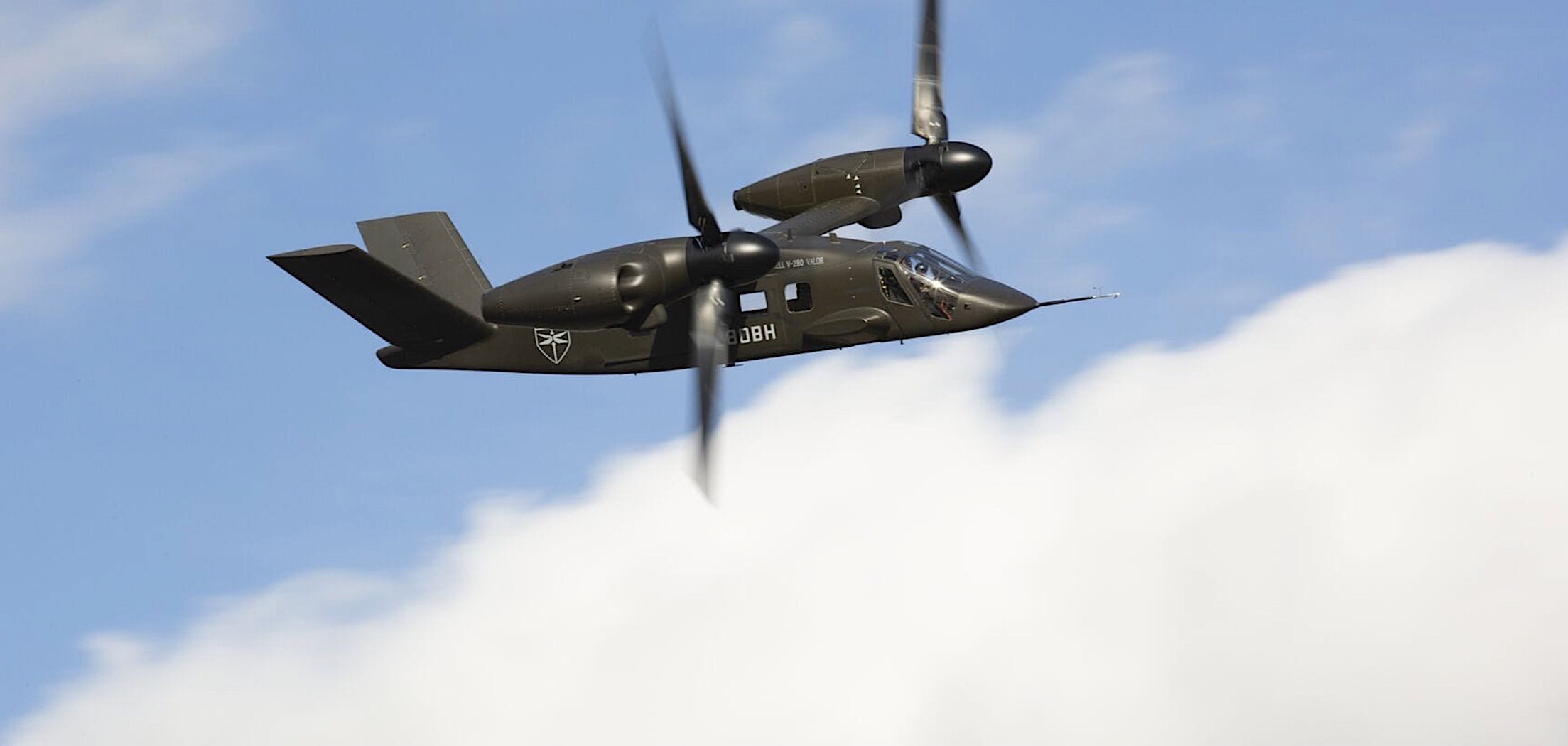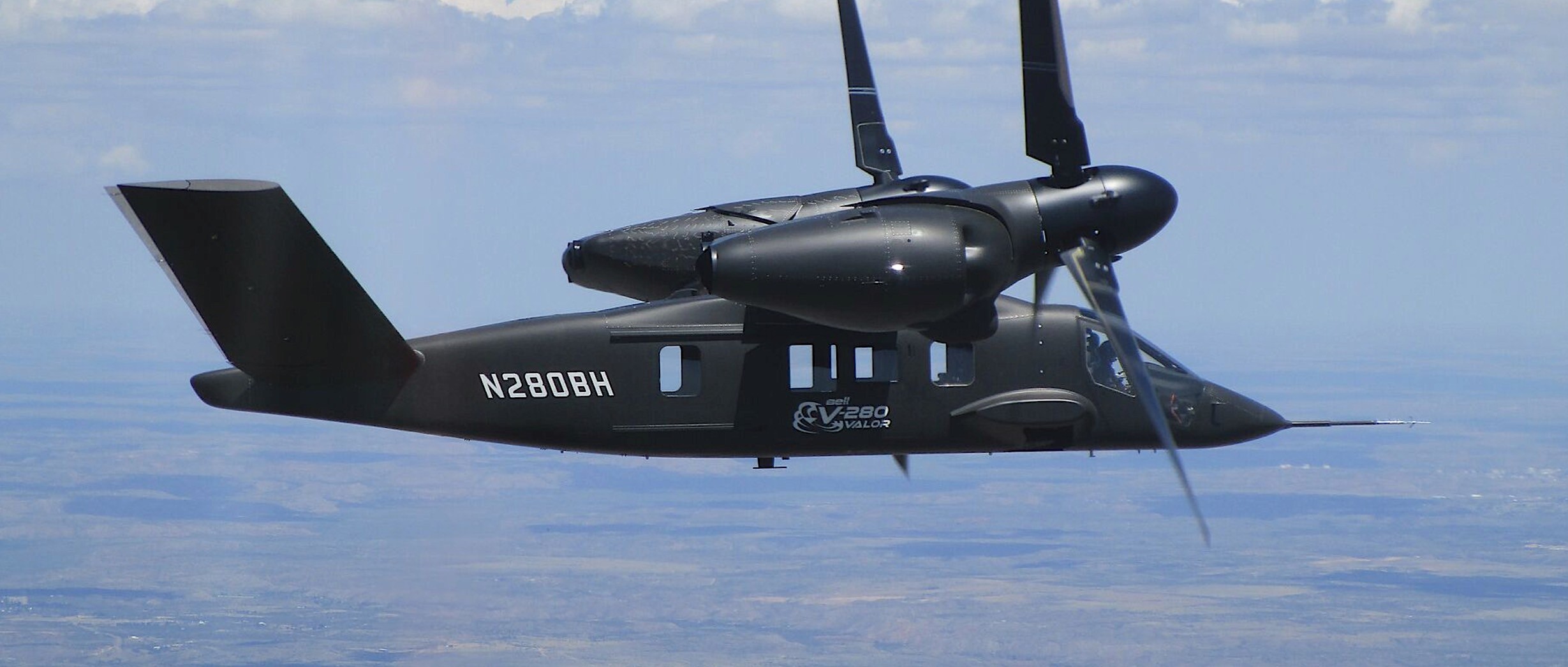The Black Hawk helicopter, a creation of Sikorsky, has firmly established itself as a pillar of military aviation since its debut in the 1970s, boasting an impressive production tally of around 4,000 units. Yet, with time, its age has necessitated a concerted effort by the military to ensure its ongoing relevance through modernization initiatives.
One such endeavor emerged in 2019 with the inception of the FLRAA program, signaling a proactive approach to sustain the helicopter’s operational effectiveness. In a surprising turn of events in 2022, the Army’s announcement of Bell’s V-280 Valor as the victor of the FLRAA contract stirred intrigue.
This decision diverged from expectations, given the V-280’s tiltrotor design, which seamlessly amalgamates vertical takeoff and landing capabilities with the horizontal flight prowess of a twin turboprop aircraft.

Since securing the contract, Bell has diligently advanced the development of the Valor, albeit with measured progress. In a significant announcement during the spring of 2023, Bell revealed its strategic partnerships, with Pratt & Whitney selected to furnish the tiltrotor with engines, complemented by Safran’s provision of starter-generator systems.
While maintaining a level of confidentiality regarding specific capabilities, Bell’s adherence to the Army’s stringent requirements and their commendable achievements with the prototype hint at a forthcoming aircraft capable of reaching speeds up to 345 mph and boasting an impressive range of 575 miles.
Designed to accommodate a crew of four alongside 12 soldiers, the Valor, when configured for cargo transport, is poised to lift payloads of up to 12,000 lbs. As the V-280 program progresses, it’s evident that despite the lengthy developmental trajectory, Bell remains steadfast in its commitment to delivering a transformative aerial platform set to redefine military operations in the next decade.

